Rewind 2020: The Australian bushfire and flood wreak havoc
In late 2019, several fires erupted in New South Wales, Australia. Fires spread to other Australian states and peaked as soon as the world stepped into 2020 (Yu, Xu, Abramson, Li, & Guo, 2020). Fires are not new to Australia; Eucalyptus trees for instance depend on fire to release their seeds. Fires also bring about changes in the diversity, composition and structure of vegetation and promote ecological succession (process by which the structure of a biological community evolves over time) (Chakraborty & Li, 2009). However, this fire was massive and devastated the region, burning 19 million hectares of land and directly affected 3 billion animals (WWF-Australia, 2020). In February 2020, it finally rained which helped to extinguish the fire. But wait, here comes a flood. People questioned, “Hey 2020, are you the supporter of ecological succession (Korasidis et al., 2016)?”
This tragedy also brought out the best in people. The enormous efforts of volunteers and firefighters stood out like a beacon of light. People rescued Koalas, possums, kangaroos, platypuses and other animals. For instance, the Irwin family rescued and treated ninety thousand animals.
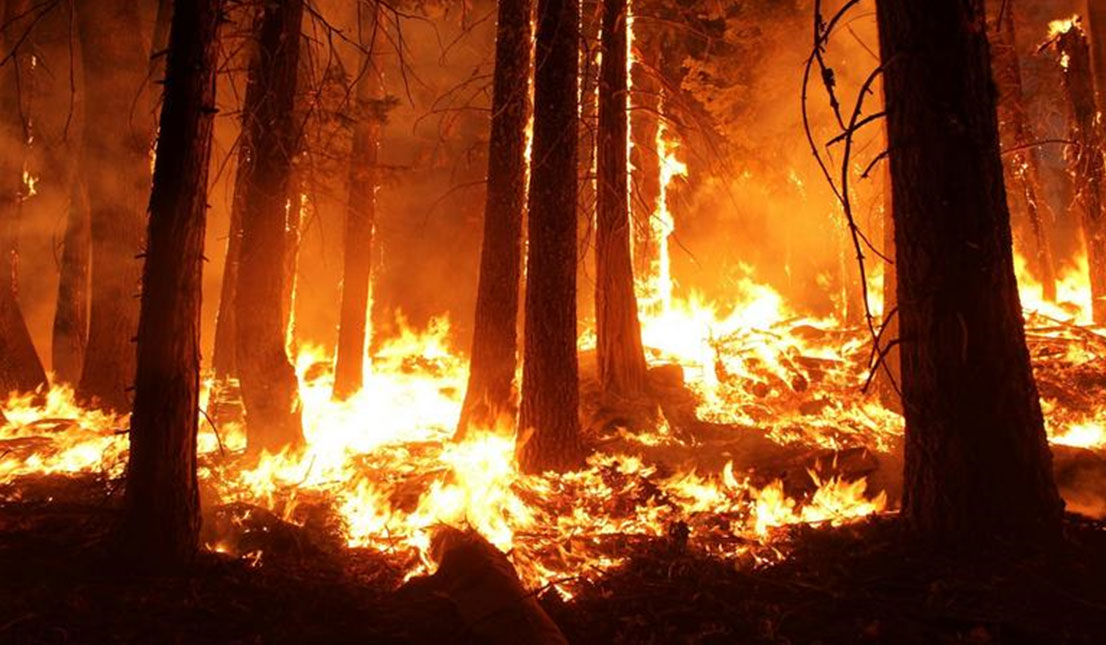
Rewind 2020: Then comes the pandemic
The SARS-CoV-2 pandemic is the lowlight of 2020. In March, the World Health Organisation (WHO) declared COVID-19 as a pandemic. Officially, more than 10% of the world population has been affected by COVID-19 by the end of the year (WHO, 2020). Moreover, it has led to stigma, anxiety and stress in the society. Coronavirus, apart from the immediate health effects, also brought unexpected socioeconomic challenges with it (Roser et al., 2020). Clearly, SARS-CoV-2 ruined the future plans of many people. However, scientists responded very determined and focused to this medical emergency. Research to understand the virus and approaches to develop a vaccine were taken on very quickly. At the same time, opposing voices became louder with claims that were often based on superficial knowledge. SARS-CoV-2: A conspiracy, bioweapon or a product of natural selection (Imhoff and Lamberty, 2020)?

Rewind 2020: Eurofins Genomics’ contribution to fight the pandemic
Eurofins contributes to the fight against the SARS-CoV-2 by establishing a COVID-19 test centre at the Eurofins Genomics DNA campus in Ebersberg, Germany. The SAFER@WORK™ Programme was initiated and provides much needed COVID-19 tests for people, surfaces, wastewater and products.
Eurofins Genomics also worked as partner company with BioNTech to provide them with expertise, essential supply support, and assistance throughout the development and trial process for BioNTech’s historic mRNA-based vaccine for COVID-19. We are very proud to have contributed to achieving this result in an astonishing 11 months. Our gratitude goes to BioNTech and the group of other partner companies for their outstanding contribution to fight the pandemic.
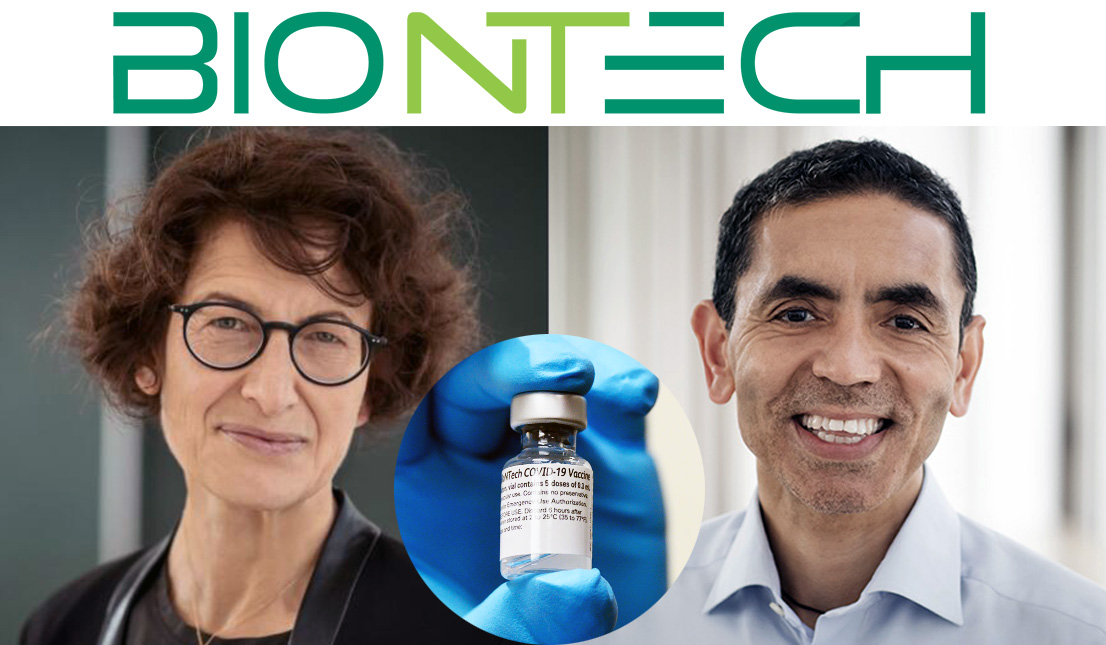
Rewind 2020: A little gallows humour to get you through the day
Soon after the COVID-19 outbreak, the internet was flooded with coronavirus jokes and memes. Laughter lightens the grave atmosphere. Sigmund Freud already presented this idea in his books titled “Jokes and their Relation to the Unconscious.” Bischetti et al. surveyed the Italian population and concluded that this kind of sometimes dark humour puts people at ease (Bischetti et al., 2020). The emerging memes didn’t go to waste. Scientists developed a model to parallel contagion using memes. This model explains that every time a person encounters an affected individual the chances to contract the disease increase linearly (Hébert-Dufresne et al., 2020). “It’s a funny tool,” Scarpino, infectious disease expert at Northeastern University College of Science, says. “We know the model is wrong, but we can still use it early in an outbreak to learn something important about the progression of an epidemic.”
The stealing of SARS-CoV-2 positive samples
Biological samples are dealt with utmost care and security, especially when they contain a contagious virus (Jordan et al., 2020). However, in a Government hospital in India, a bizarre incident happened. A monkey – yes, a monkey! – attacked a technician and stole blood samples from him. Among these blood samples were three from COVID-19 positive patients who were under treatment in the hospital. However, it is claimed that there were no positive swab samples for COVID-19 screening. Later, the monkey was seen sitting on a tree with these samples.
Rewind 2020: The incredible recovery rate of nature
After the first lockdown that was imposed by almost every country following the advice of the WHO, satellites documented a significant drop in air pollution. With fewer factories running and even fewer cars on the road, the level CO2 emission caused by humans dropped drastically. Remarkable before and after pictures went around the world. Residents of Venice, Italy, reported that the water quality of the canals improved after the lockdown. However, the tweets about returning of wild and alien life were mostly false. Along with pandemic, people faced a so called infodemic. An infodemic is described as a flood of both accurate and inaccurate information. Pictures of smog-free cities, dolphins in the canals of Venice and goats in North Wales made rounds on social media (Kinefuchi, 2020). Although, some memes certainly made us all laugh. The point to reflect on, however, is that the awe stirred via the sea of “nature is healing” memes has eventually vanished quickly.
Rewind 2020: The streak of genomic breakthroughs continues
Advancement in genomics is unstoppable. Caveats of human genome projects are being addressed after decades. The human X chromosome was sequenced fully for the first time by leveraging the potential of nanopore sequencing (Miga et al., 2020). Moreover, researchers have developed technology that would bring down the costs of genome sequencing to around $ 100 further expanding the application of high-throughput sequencing (LeMieux, 2020). This is especially interesting for the field disease diagnostics. Is a decade of personalised medicine ahead of us?
Also this year, Emmanuelle Charpentier and Jennifer A. Doudna were awarded Nobel prizes for their discovery and work on the sharpest genetic tool in the box thus far: CRISPR/Cas9 (Nobel Media AB, 2021). Can you name any task that these humble molecular scissors cannot perform? The genome editing technology is finding its applications in every field from sparking a food revolution to correcting complex genetic disorders. Jennifer Doudna and colleagues have discovered yet another molecular scissors from phages (viruses of bacteria), called Cas phi (Φ). CasΦ is hyper-compact and can be delivered to every corner of the DNA to tweak it. The discovery has yet again expanded the toolbox of genome editing technologies (Pausch et al., 2020).

In 2020, CRISPR/Cas9 made some extraordinary breakthroughs. CRISPR/Cas9 has shown promising results for correcting blood disorders such as sickle cell anaemia and beta-thalassemia. The approach is to boost the fetal hemoglobin (a tetramer consisting of two alpha-globin and two gamma globin subunits) by deleting the genes that act as a turn off switch for gamma-globin (Zeng et al., 2020).
Rewind 2020: What happened at our beloved Ig Nobel Prize?
2020 has introduced everyone to the new normal: working from home and virtual meetings. The 2020 Ig Nobel Prize was no exception. The 2020 ceremony was a webcast with the theme “The Bugs.” Bugs are universal: insects, computer bugs, and viruses. And how was the Ig Nobel Prize handed over to the winners? Via email as a six-page long printable PDF document that can be assembled into a cube.
For those new to the Ig Nobel Prize: Every year, prizes are awarded for the scientific achievements that make people laugh at first but think afterwards.
Richard S. Vetter was awarded the prize for collecting evidence that many entomologists are afraid of spiders, which are not insects. Yes, two extra legs do make a huge difference (Vetter, 2013). Another prize was awarded to Schröder and colleagues for diagnosing a medical condition: Misophonia, the distress at hearing other people make chewing sounds (Schröder et al., 2013). To make his stance clear for the audience, Damiaan Denys who accepted the prize chewed an apple during the ceremony.
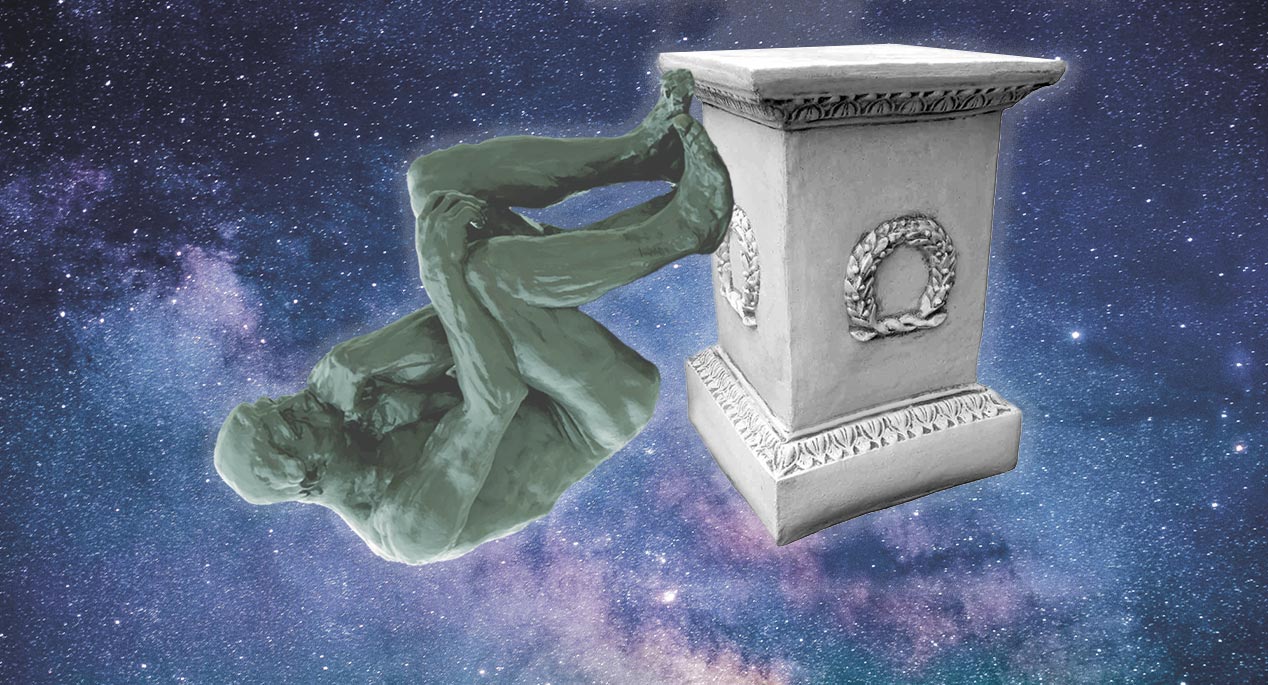
Effect of the lockdown on social and professional life
Pregnancies and birth rates are certainly affected by events like quarantine, illness and death. In the past, spikes in birth rates have been observed after natural disasters like hurricanes, famines, earthquakes and outbreaks (Herteliu et al., 2018). UNICEF reported that 116 million babies are expected to be born in a 40 weeks period post-lockdown (Sidhu, 2020).) In contrast, an upward trend in divorce rates is also anticipated. Here, couples with emotional and financial unrest are predicted to be more affected (Pieh et al., 2020).
In terms of professional life, the COVID-19 lockdown lead to more complains about an imbalance between work and personal life. People report a rise in emails, daily meetings and work anxiety (Richter, 2020).
Rewind 2020: What happened at Eurofins Genomics?
The Eurofins Genomics headquarter in Ebersberg, Germany, celebrated its 30th anniversary and we launched many interesting products and service such as the Direct Colony Sequencing Service that uses rolling circle amplification for quick plasmid sequencing without the need of a miniprep and Sanger sequencing in 384 well plates for purified DNA samples that are already premixed with a primer in an ultra-fast process including sample identification throughout the entire process.
2020 has been a roller coaster ride especially for biologists and medical professionals. The entire distress and fun aside, the question is, “has 2020 let us witness those biotechnological advances that every one has wondered about?” Advancement is a continuous process. Today, we stand at a position where we can edit the genomes of organisms to produce desirable characters. Whole genome sequencing is no more a dream. We overcame the novel challenges of this year just because of the series of advancements that took place over the past decade. With this in mind we say “Goodbye 2020” and “Welcome 2021”.
Meet the Eurofins Genomics experts at the upcoming virtual events The Festival of Genomics & Biodata on 26th – 29th January 2021 and the joint Illumina and Eurofins Genomics event Preventative Genomics: Future Impact on Healthcare from 16th – 18th February 2021.
By Tamseel Fatima and Dr Andreas Ebertz
Did you like this article? Then subscribe to our Newsletter and we will keep you informed about our next blog posts. Subscribe to the Eurofins Genomics Newsletter.


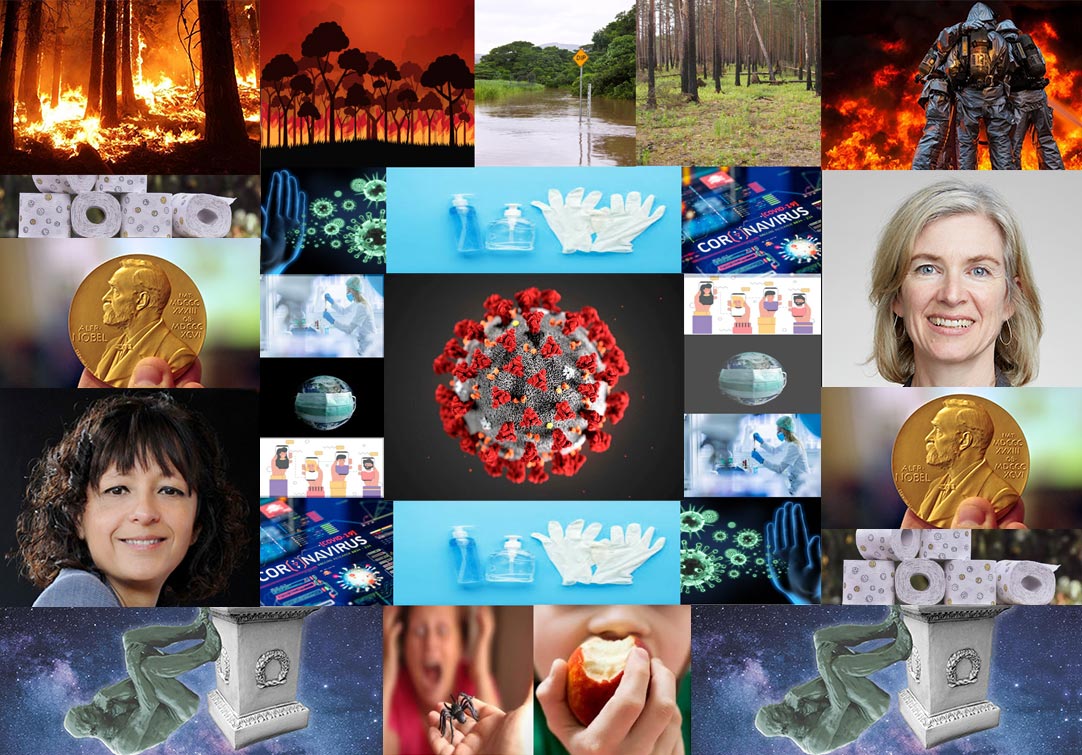


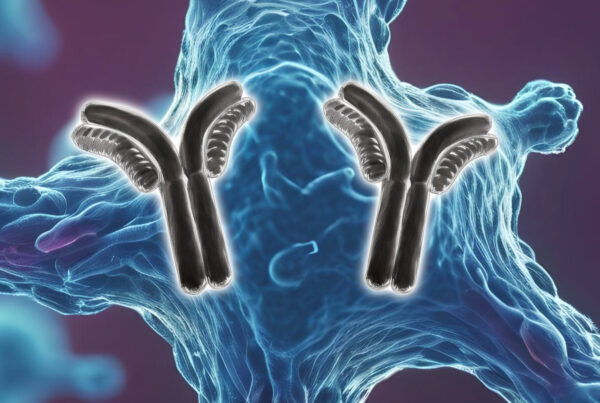
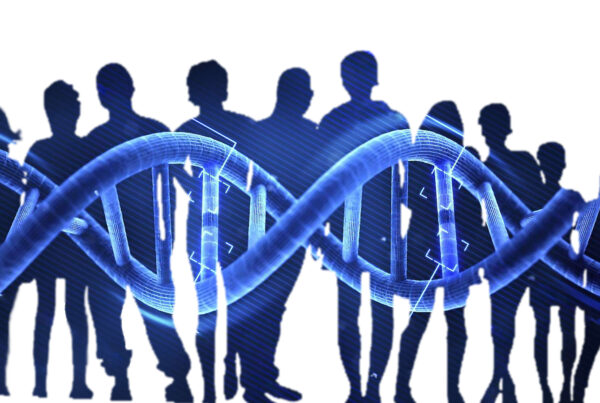

One Comment